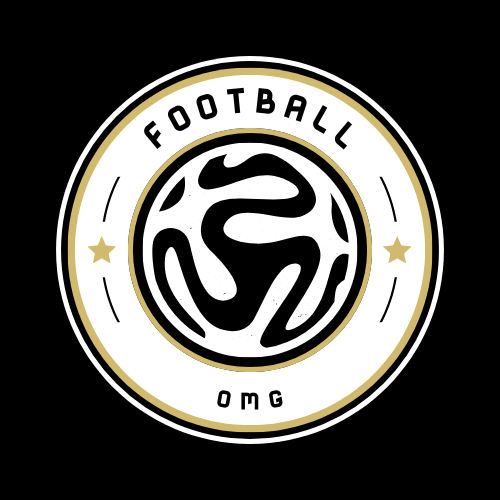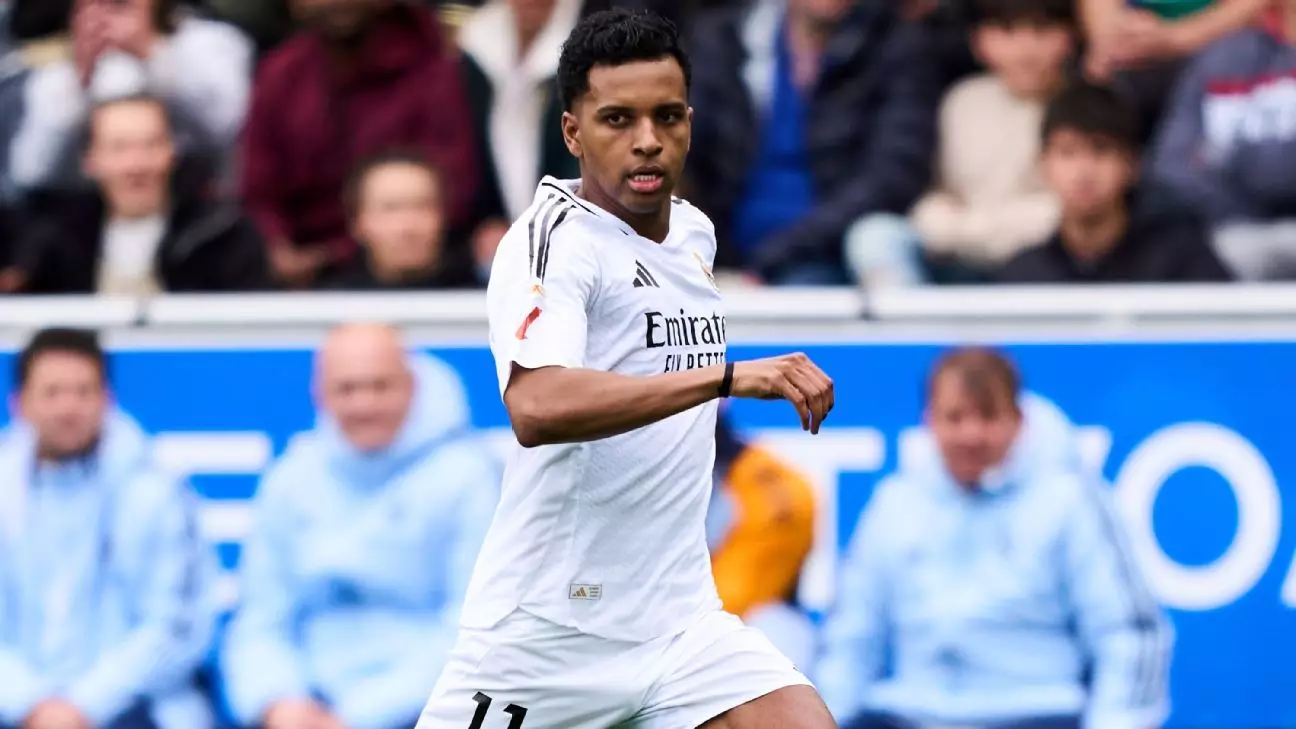Rodrygo Goes burst onto the scene with dazzling promise, quickly establishing himself as a vital piece of Real Madrid’s attacking machinery. His breakout moment—scoring two rapid-fire goals against Manchester City in 2022—cemented his reputation as a clutch performer capable of inspiring legendary comebacks. Fans and analysts alike marveled at his agility, finesse, and hunger, positioning him as one of the club’s brightest young talents. However, beneath this bright veneer, a troubling pattern emerged over the subsequent seasons, signaling a profound shift in his standing within the team. The very qualities that once made him an asset now seem at odds with the evolving tactical landscape under new management.
The arrival of Kylian Mbappé, Vinícius Júnior’s continued ascent, and Jude Bellingham’s integration created a crowded offensive unit, ultimately reducing Rodrygo’s role. His sporadic appearances and limited impact fuel speculation about whether the player’s initial promise remains intact. The shift has led many observers—and even insiders—to question whether Rodrygo’s career trajectory is veering off course, or if this turbulence is merely a temporary phase of adjustment in a highly competitive squad.
Internal Tensions and the Question of Embarking Elsewhere
Despite labels from the club that everything remains on track, internal dynamics tell a different story. There’s mounting evidence that Rodrygo’s dissatisfaction has reached a peak, especially after being sidelined in crucial matches such as the Clásico. His public statements initially maintained composure, asserting his desire to stay and contribute, but behind closed doors, the simmering frustration was palpable. His representatives, led by his father, reportedly engaged in dialogue with club president Florentino Pérez, expressing discontent over his limited role—particularly favoring a position on the left flank, which has increasingly been occupied by other stars.
This dissonance is compounded by the club’s strategic priorities. Coach Xabi Alonso has voiced intentions to operate with a leaner, more tactically flexible forward line, emphasizing the use of only two strikers. Such a philosophy does not favor the versatile but increasingly marginal player Rodrygo has become, prompting many to question whether Madrid actually values his long-term contribution or sees him as a transfer candidate. The situation is further muddled by ongoing rumors linking him to various clubs, with some intermediaries actively exploring options—a clear sign that both player and club are weighing their futures carefully.
Market Speculation and the Future Uncertainty
The transfer market landscape is alive with uncertainty around Rodrygo’s next move. Sale rumors have persisted despite official denials from Madrid, which insists no formal offers have arrived. The club’s asking price—around €80-100 million—reflects his perceived value, but the reality is that few teams are willing to meet these demands without strategic reconsideration. Notably, Arsenal was once linked as a possible destination; however, their recent acquisition of other attacking options suggests their interest has waned, partly due to Rodrygo’s high asking price.
Interest from Bayern Munich also appears to have cooled. Once considered a plausible suitor given their need for a dynamic winger, Bayern opted for Luis Díaz instead, pushing Rodrygo further down the list. Meanwhile, Tottenham and clubs from Saudi Arabia have been linked in speculative reports, but those rumors are largely dismissed by sources close to the player. Liverpool remains the most logical destination—if he were to leave Madrid—given their recent attacking reshuffles and interest in bolstering their front-line, especially after losing Díaz to Bayern.
Despite this, the prevailing sentiment within the transfer window is that Rodrygo will remain at Madrid until at least the deadline, driven by both player ambition and a cautious evaluation of market conditions. Still, with only a month remaining, the possibility of a surprise bid remains a volatile and unpredictable variable.
The Managerial and Cultural Repercussions
The evolving situation with Rodrygo underscores a broader shift in Madrid’s squad philosophy and management style. Alonso’s approach emphasizes tactical discipline, squad consolidation, and financial prudence—strategies that don’t align with betting on a player whose role is diminishing. Moreover, the cultural expectation at Madrid tends to favor stars who command a central role and consistent impact—creating a tension with the club’s current priorities.
For Rodrygo, this limbo is not solely about playing time; it’s also about identity and career progression. His initial days were characterized by enthusiasm and adaptability, but prolonged exclusion could foster discontent and diminish his perceived value—a self-fulfilling prophecy in a competitive environment. Should he depart, it would symbolize a significant shift in his journey from rising star to potential surplus, highlighting the risks inherent in early talent development without solidified backing from management.
At the heart of this saga is a question of whether Madrid’s current strategy genuinely accommodates youth and rising talent, or if it’s merely a temporary stance in the face of Champions League ambitions and tactical retooling. The outcome will not only shape Rodrygo’s future but also reflect the ruthlessness or pragmatism of one of Europe’s most storied clubs in managing their evolving roster.
In the end, Rodrygo’s dilemma is emblematic of a broader truth in modern football: talent alone does not guarantee a guaranteed spot or a settled future, especially in the cutthroat arena of top-tier European clubs. The coming weeks will reveal whether he can regain favor or if a new chapter beckons elsewhere—a testament to the brutal, unpredictable nature of a career at the pinnacle of sport.

